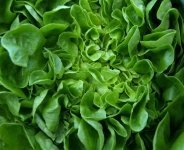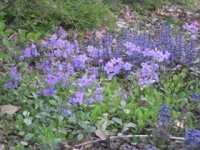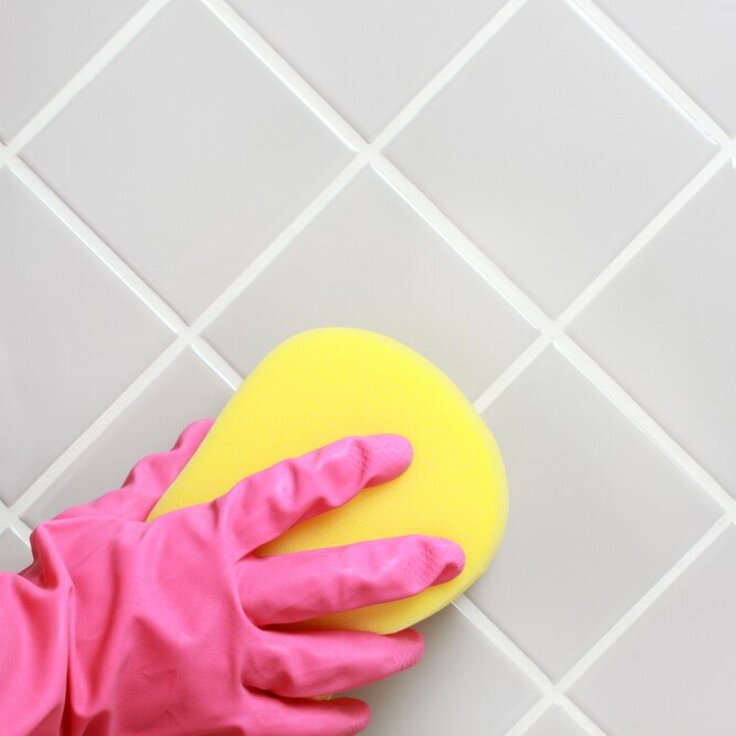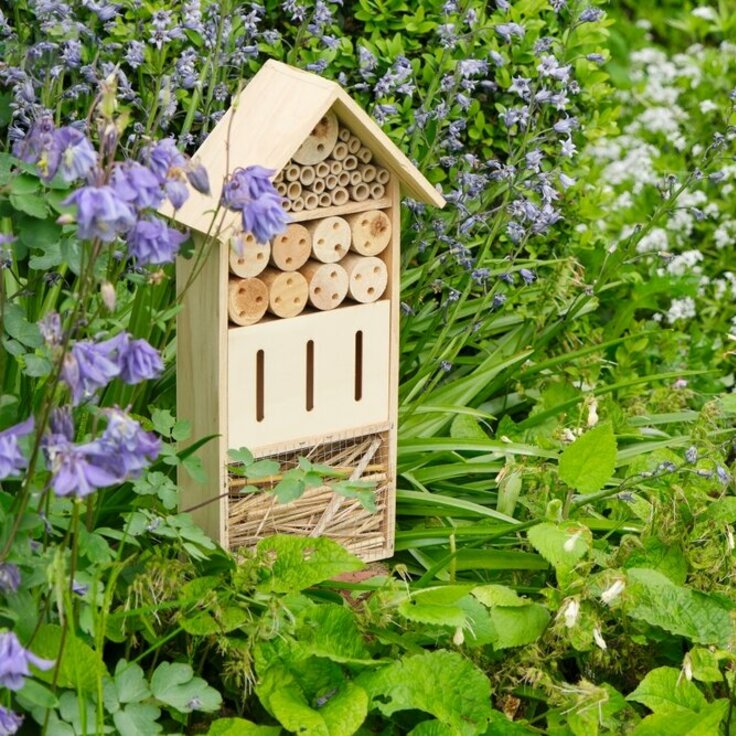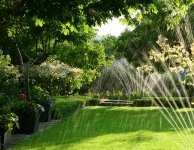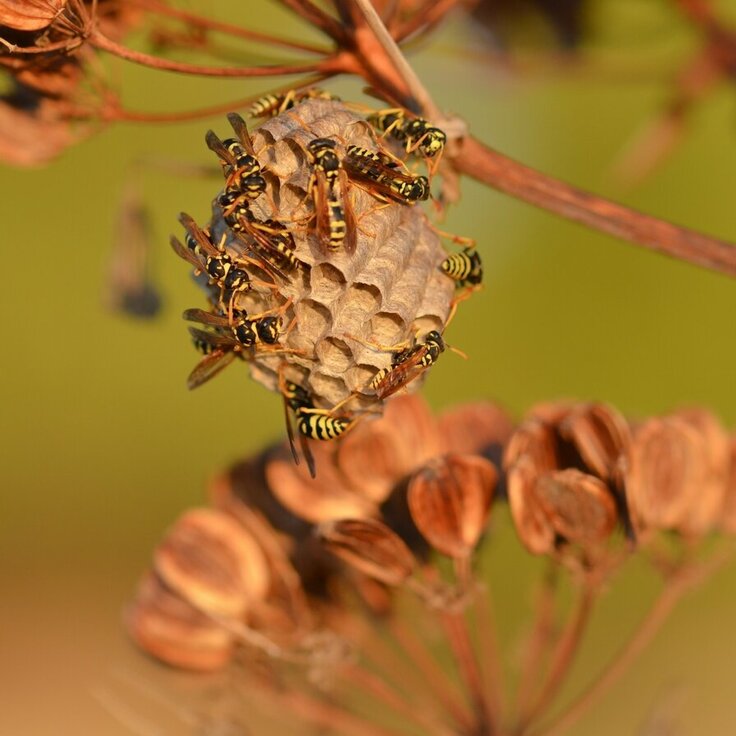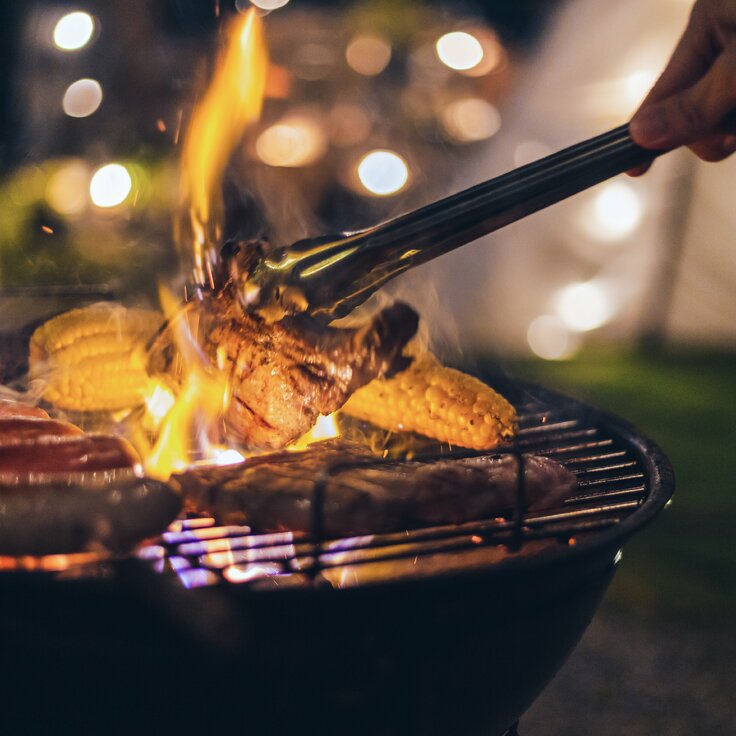Amazing Rhubarb
Spring is in the air and some sure signs of it are bursting out in the rhubarb patch. This perennial vegetable reliably provides the first "fruit" of the season. It makes such a delicious pie that it is often called the "pie plant." Rhubarb can be used either alone or in combination with other fruits -- strawberries are a classic partner.
Perennial rhubarb also has ornamental value in the landscape. It grows rapidly, with large leaves spreading 2 to 3 feet, with an almost tropical look. It can provide a screen or backdrop for a perennial bed or a leafy accent in the flower garden. Red, yellow, and green-stalked varieties can be grown for their ornamental value, but the red varieties are preferred for their taste and tenderness. The old-fashioned green types are often more productive than the red. You just have to add more sugar or honey to the green stalks if you plan on making a pie.
Easy to Grow
Rhubarb is dependable in our cooler climate since it requires temperatures below 40 degrees F to break dormancy and stimulate bud growth. Too much heat will cause rhubarb to develop thin stalks and leaves. Rhubarb isn't fussy about soil and will grow reliably in poor soils, but it responds best in a rich, well-drained, compost-enriched soil. For the deepest coloration in the stalks and the healthiest growth, plant rhubarb in full sun. Since it is a long-lived perennial, pick a spot where it can grow undisturbed and leave plenty of space for leaf spread and upright growth. Every fall and spring, pile on the compost or well-rotted manure to continually enrich the soil.
Planting
If you're planting rhubarb for the first time you will most likely get small bare-root starts. Set the crowns 1 to 2 inches below the ground level. Firm the soil gently and water in thoroughly. Water new rhubarb plants regularly, but don't let the soil get soggy. Once the plants mature, they are drought resistant, but will do best with consistent soil moisture. Wait until the second or third season to begin harvesting so the plants have a chance to become well-established.
It's easy to harvest rhubarb stalks. Just grasp near the base, and pull down and sideways. Most of us know that the leaves of rhubarb contain a high concentration oxalic acid, which is toxic to animals and humans. Simply cut off the leaves and place them in the compost pile. The composting process breaks down and dissipates the oxalic acid crystals.
Harvest from plants until mid to late June, then let the stalks grow to allow the plant to replenish its food reserves. Keep the plants mulched and watered during dry spells and you'll enjoy a good harvest in coming seasons.
Once planted, rhubarb will last for years, often outlasting the gardener who originally planted it. So if you have some space and full sun, consider this dependable perennial vegetable? fruit? fregetable? -- so you can enjoy delicious pies and other cooked desserts.
For more information please click here for The National Gardening Association.

